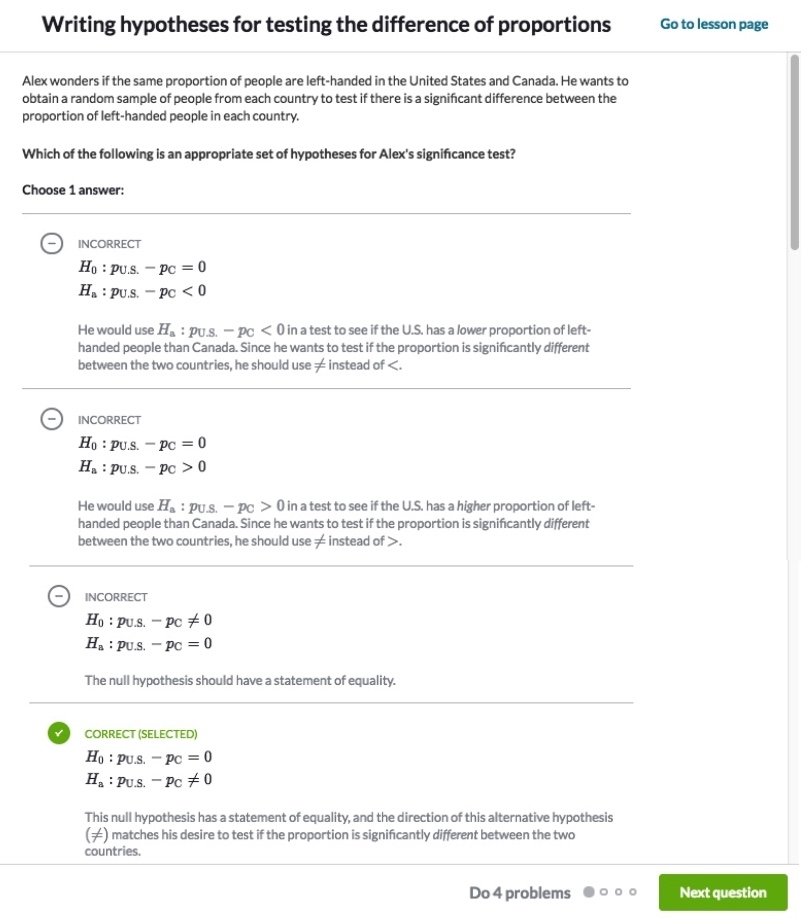Quizzes with multiple-choice questions are a popular way to test knowledge and understanding on a variety of topics. They provide a quick and efficient way to assess learning and can be used in a variety of settings, from classrooms to online courses.
Multiple-choice questions typically consist of a question or statement followed by several possible answers. Test-takers must choose the correct answer from the options provided. These types of questions are popular because they allow for quick assessment and scoring, making them ideal for large groups of people.
Benefits of Quizzes Multichoice Questions and Answers
One of the main benefits of using quizzes with multiple-choice questions is that they are easy to grade. With the answers already provided, instructors can quickly score quizzes and provide feedback to students. This saves time and allows for more efficient assessment of learning.
Additionally, multiple-choice questions can help reinforce learning by forcing students to think critically about the material and choose the best answer from the options provided. This can help improve retention and understanding of the subject matter.
Quizzes with multiple-choice questions are also versatile and can be used in a variety of ways. They can be administered in person or online, making them ideal for both traditional and distance learning environments. They can also be used for formative or summative assessment, depending on the instructor’s goals.
Furthermore, multiple-choice questions can help identify areas where students may be struggling. By analyzing the answers given, instructors can pinpoint common misconceptions or gaps in understanding and provide targeted support to help students improve.
In conclusion, quizzes with multiple-choice questions are a valuable tool for assessing learning and understanding. They are easy to administer, grade, and provide feedback on, making them a popular choice for educators. By incorporating quizzes with multichoice questions into teaching practices, instructors can enhance learning outcomes and better support student success.
